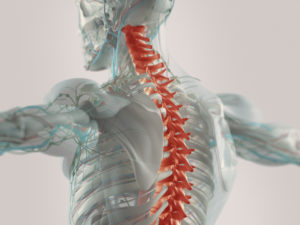Moving forward with a personal injury claim after a car accident, while having a pre-existing injury, can be challenging, but is not entirely impossible. The insurance company will likely tell you that your “new” injuries, if they exist at all, are just an aggravation of your pre-existing injury. But, you have the right to fair compensation for your injuries, whether they’re an aggravation of a previous injury, a new injury, or separate injuries. The key, though, is in obtaining the needed evidence.
First and foremost, you need proof of the at-fault party’s liability and proof of damages. If liability can’t be proven, you have no claim, regardless of any injuries sustained. State laws vary state to state but the specific elements required to establish liability, generally include:
- The at-fault party owed you a duty of care;
- They breached that duty by acting negligently;
- Their actions were the direct and proximate cause of your injuries.
Evidence is needed to prove liability and can be obtained in several credible ways including:
- Medical records
- Photographs of your car and injuries sustained
- Incident and/or police reports
- Witness statements
Proof: Prior Injuries vs. New Injuries
Medical records are the best proof of your injuries. You’ll need a complete set of medical records highlighting any prior injuries and current injuries. Some overlap in treatment in expected with aggravated injuries. If you have a pre-existing condition, the best thing to do is see a new medical provider for your new injuries. Then, have the provider write a letter stating which treatment is related to the pre-existing injury and which is related to the new accident.
Full Disclosure
There is nothing more destructive to your claim than getting blindsided at your deposition. For this reason it is best to disclose any pre-existing injuries to the adjuster at the start of your claim. If it is a more recent injury, work with an attorney that can help establish that your injuries from the car accident are not associated with your old injuries. Be honest about your pre-existing condition with your attorney.
Consulting an experienced attorney early in the process can help to ensure you are being treated fairly.










3 Comments
Jennifer Seate
Great information about pre-existing injuries. I would also add any prior medical problem as sometimes that relates to the how the current medical problem is viewed by an insurance company and later a jury.
Kevin
Jennifer, thank you for commenting and your point is well-taken. Prior medical problems are often exploited by insurance companies and blamed for injuries that my clients suffer even when it is nothing more than pure conjecture.
Bina Besiege
Yes I completely agree that in order to prove that new injuries are not exactly an aggravation of previous ones, there is no better evidence than medical records. So every one must maintain their medical records carefully, you never know when they could be needed.
Comments for this article are closed.